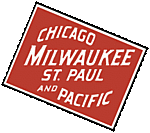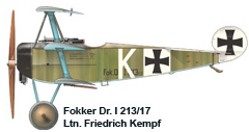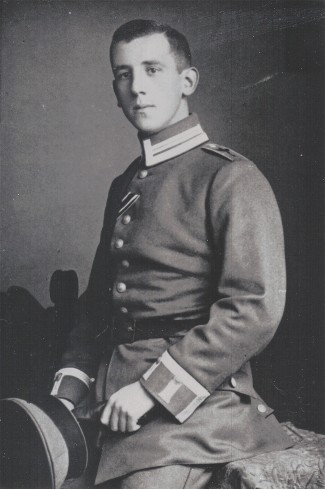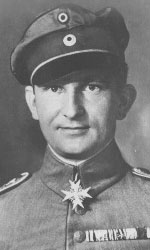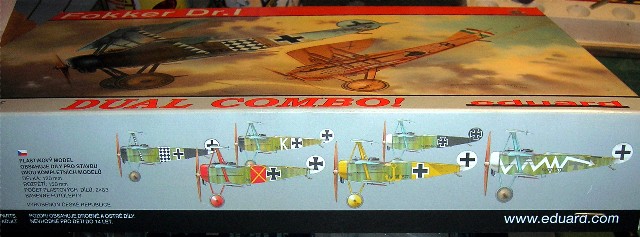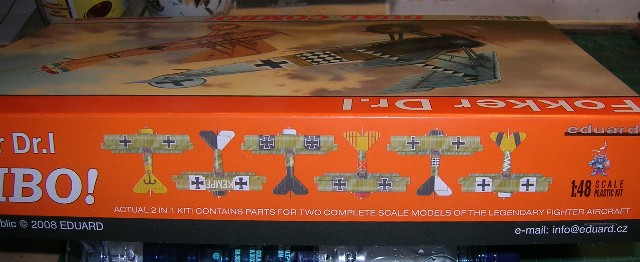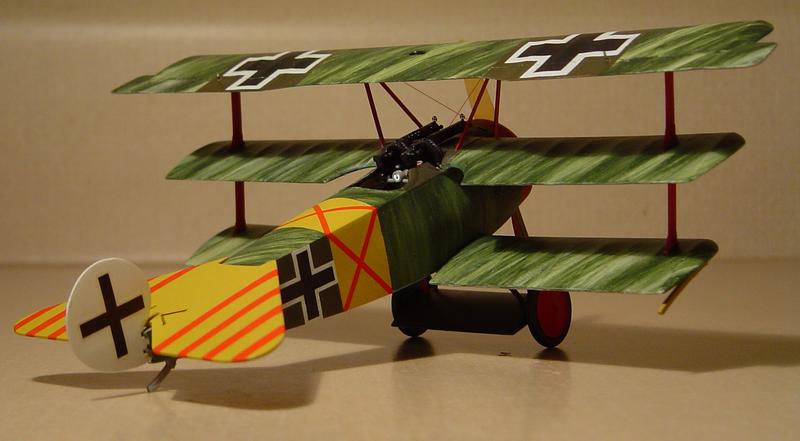
Greetings fellow wing nuts!
While I have the review inprogress.here is a short list of fixes for the various colour profiles. You will not find this anywhere else.
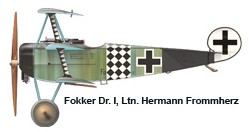
A. Fok. Dr.I serial unknow but probably 21X/17. Dr.I 212, 213, 214, 216, & 219/17 are accounted for. Eduard implies on the box art that it is 218/17. But that is not known for sure. While they did get the box art wrong the profile at the bottom of the page and 10 are correct. the white areas should be on the pilot's right for this aircraft. Ltn. Frommherz usually employed a unique ring & bead gunsight seen on this and one other Dr.I he flew.

The air service record of Ltn.d.R. Hermann Frommherz.
Coming from Kampf Geschwader 1 (Bombing unit one) he arrived at Jasta 2 (Boelcke) on 22 March 1917. On 1 May 1917 he was received minor injuries in a crash but stayed with the Jasta.
He was transferred on 24 October 1917 to the DFW operated Flieger Schule at Leübeck - Travemunde and served as a flight instructor. (FEA 3)
He was transferred from Lübeck - Travemünde on 18 May 1918 back to Jasta 2 (Boelcke.) Then on 29 July 1918 he was transferred to temporary command Jasta 27 in the same fighter group as Jasta 2 (Boelcke.)
On August 7 1918 the position was made permanent and he served as the Jasta 27 commander until the end of hostilities.








